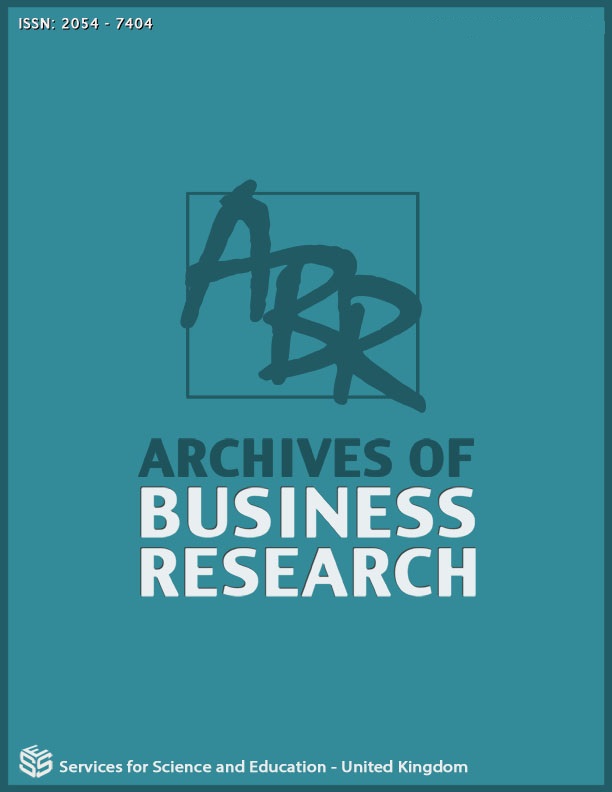Impact of Outflows Migration on Inflows Remittance of Different Countries in SAARC Region
DOI:
https://doi.org/10.14738/abr.98.9066Keywords:
Inflows Remittance, Outflows Migration, Fixed effect model, MANOVA, Hotelling T^2.Abstract
The main objective of the study is to determine the impact of migration on remittance for some different countries in SAARC region. Country wise yearly data of outflows migrations and inflows remittances from 1990 to 2017 are collected from 6 countries in SAARC region which are considered in the analysis. To complete this study, some statistical analysis like as multivariate analysis and panel analysis are computed. The highest number of average migrant is found in India with yearly average number of out migrant is 209992 and average inflow remittances is 33214.45 million US dollars which is also high among these six countries, whereas the lowest number of out migrated people are found in Maldives with a yearly average number of migrants is 437 and the amount of average inflows remittances is 3.08 million US dollars which is also lowest among in SARRC countries. India, Bangladesh and Pakistan are comparatively high out migrated countries as well as high remittance receiving countries. In MANOVA analysis, significant Hotelling test statistic indicates the population mean vector with migration and remittances for different countries in SAARC region are not equal. LM test statistic supported to run a panel regression model for analyzing the data. Furthermore significant Hausman test statistic suggests for analyzing fixed effect panel regression model. Outputs from panel regression model show that there have significant positive contributions of migration for all of these countries to the remittance. i.e. if the outflows migration of these region increases, the yearly average inflows remittance will be increased. Considering Bangladesh as a base country in dummy variable regression model in panel analysis, all others countries have significant contribution of migrations to remittances compared with that of Bangladesh. One can use simulation study for getting fruitful results. Also the researcher can apply discrimination analysis to get better results.
Downloads
Published
How to Cite
Issue
Section
License
Copyright (c) 2021 Md Ashraful Islam, Md Rokonuzzaman

This work is licensed under a Creative Commons Attribution 4.0 International License.






